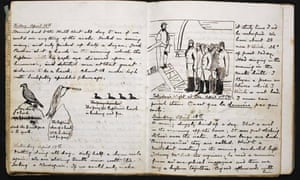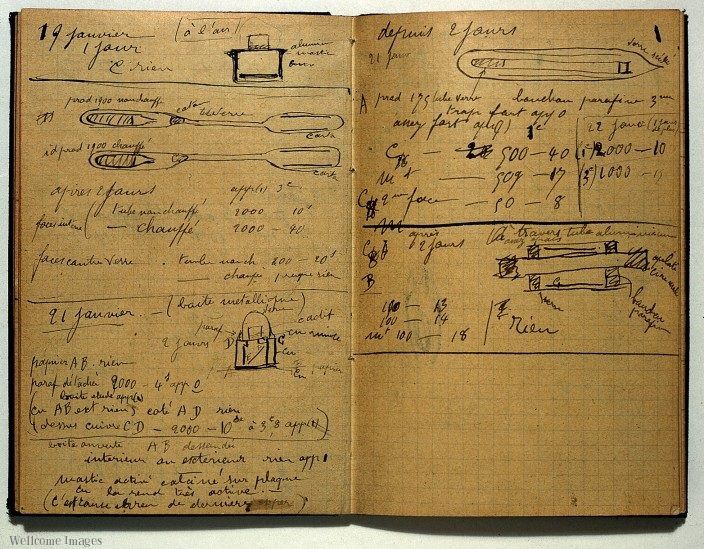"Quantitative? What's that?"
Quantitative data are numbers, usually put into a data table and graph.
i.e: How far did my hovercraft go? 3.45 meters.
What was the average growth of my bamboo plant in 3 days? 7.2 cm.
What was the average growth of my bamboo plant in 3 days? 7.2 cm.
But what makes Science/Engineering Fair FUN, is knowing the qualitative data.
"Qualitative?"
Qualitative data are extra observations, usually made with your senses(sight, smell, hearing, taste, touch.)
i.e: My hovercraft went 3.45 meters before blowing up into a huge cloud of black smoke that lit my dad's pants on fire.
My bamboo plant grew 7.2 cm in 3 days, then died because my cat knocked it over and ate it.
Science Journals help you remember what happened. The best time to write in it is whenever you do anything related to your experiment. There are very few rules, but here's what I suggest.
1. Get a sturdy notebook, one that has pages which are hard to rip out.
2. Write with a waterproof pen. (No pencils allowed.)
3. Include a date on your work.
4. Doodle.
Keeping a journal is both good practice and will give you extra points when being judged at Science/Engineering Fair.
Wait... there's more! On occasion when a Scientist, Engineer, or otherwise has been in line to receive a Nobel Prize, a second Scientist/Engineer may come forward and say: "Hey! I discovered that too!" It's called "Multiple Discovery" or "Simultaneous Invention" and it happens more often than you probably imagine.
Did you know Isaac Newton and Gottfriend Wilhelm Leibniz both discovered Calculus?
Or that evolution was recorded by both Charles Darwin and Alfred Wallace?
Not every invention receives a Nobel Prize, but when in doubt about who made the actual discovery... the judges turn to... TAH DAH!! The Science Journal! If the dates in the journal are close enough, sometimes both Scientists/Engineers receive a prize. So, if you happen to have a budding Einstein or Madame Curie on your hands and they write in their Science Journal... someday they may just receive a Nobel Prize.
Here's some journals from a few of my favorite authors and scientists:
Sir Arthur Conan Doyle:

Leonardo da Vinci

Madame Marie Curie

Campbell, M., (2016) Art + Science: https://www.livingoceansfoundation.org/art-and-science/
Kennedy, M., (2012) Arthur Conan Doyle and the mystery of the medical student's Arctic adventure: https://www.theguardian.com/books/2012/aug/06/arthurconandoyle-arctic
Mills, T., (2015). Marie Curie's Research Papers Are Still Radioactive: http://www.openculture.com/2015/07/marie-curies-research-papers-are-still-radioactive-100-years-later.html

No comments:
Post a Comment